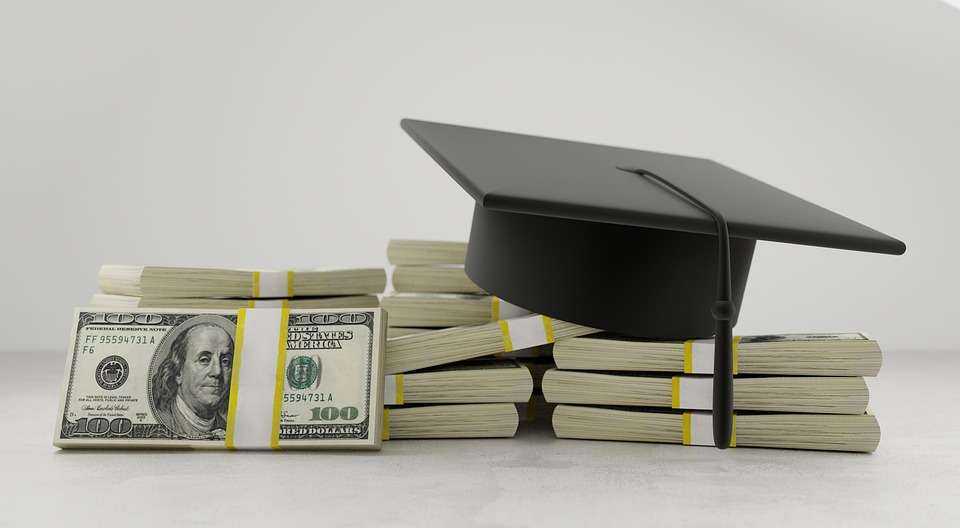BY CLEVE DeSOUZA
Economists have declared that Canada is in a recession because of historic job loss and reduced economic activity (Gross Domestic Product-GDP) in March.
Normally a country is said to be in recession when the economy slows down for at least two consecutive quarters; however, this decline is so drastic, the government declared a recession in only one month. More than 1 million jobs were lost and the economy contracted by more than 9%. Many blame COVID-19 alone for the economic downturn. There has been virtual silence about the historic drop in oil prices. COVID-19, without question, had an unprecedented impact on the economy, but it’s not the only culprit.
Now the government is set to open up businesses again, even though we don’t have enough tests or a cure for the virus. Our economic troubles will continue. Who will pay the ultimate price for this untimely decision? ORDINARY CANADIANS OF COURSE!
But you can develop economic self-reliance: Reinvent Yourself
Restaurants, believe it or not, have been the hardest hit during the COVID lock-down. Over 800,000 jobs were lost. How many have died because they were unable to visit restaurants?
Absolutely none! Many of these jobs will not come back; forcing people to find work elsewhere. If that’s you, take stock of your skills now and up your game to find employment in other industries, especially those that allow you to work from home. Update your resume and your LinkedIn profile today.
Save your health and your money
We now understand essential expenses. For weeks, you’ve only spent money on food, shelter, and health. Going back into crowded restaurants and shopping malls may not seem so essential. I know for a fact that during the COVID shutdown, you were able to save more money than you ever thought possible. Use this information to build a budget.
A household budget formula that’s been proven time and time again is to spend about 50% of your after-tax income on essential needs (housing, groceries, medicine) and about 40% on discretionary wants (entertainment, dining out). The remaining 20% goes into savings and investments. People who have financial plans are less likely to dip into savings or mindlessly spend money.
Debt is the real silent killer
If you have struggled to get ahead financially, check your credit history. More than likely you haven’t paid off your debt and are paying as much as 20% in interest every month. Of course, some have the smarts to limit credit purchases to an amount they can pay each month. But the banks know this discipline is rare, so they give teaser rates to get cards in your wallets.
Social distancing has been the cure for COVID. Freezing your credit card spending is the cure eradicating debt. Whenever my cards are out of control (meaning I can’t pay them off each month). I call my bank and get a new card. I freeze the old one in a cup. YES, put it in the darn freezer! This forces me to cancel all automatic subscriptions and stop unconsciously shopping online. The bleeding stops immediately.
Markets are down, make your money work
The stock market tanked over recent months, creating opportunities to buy stocks at discounted prices. Investors who take advantage of low prices during a recession often reap benefits when the economy improves.
Now, before you run off and start buying stocks, please make sure you’re not carrying ridiculous debt. Instead invest in your real savings, the money you put aside for the future.
Up your financial education game
If you’re investing in tax-free savings accounts (TFSAs), you may be getting 0% returns. Inflation often wipes out the returns the bank gives. You need to conduct a proper risk assessment and invest to hedge against inflation at least.
Follow these tips and you’ll emerge stronger than ever.


 Community News1 week ago
Community News1 week ago
 Community News1 week ago
Community News1 week ago
 Community News1 week ago
Community News1 week ago
 Community News1 week ago
Community News1 week ago
 Community News1 week ago
Community News1 week ago
 Community News1 week ago
Community News1 week ago
 Community News1 week ago
Community News1 week ago
 Community News1 week ago
Community News1 week ago
























